
How we see Star Academy
Compare with:
How Star Academy sees itself
"Star Academy is a small school that believes all children should love to learn. With class sizes of 10 -14 students, Star teachers know every child and therefore challenge them as individuals both inside and outside the classroom. Our Pillars of Child Development guide Star's philosophy and enrich classroom teaching, addressing the well-rounded development of the whole child. Social-emotional learning, daily Physical Education, Outdoor Education, and flexible learning environments are key components of programming."
"Every day the Star faculty seeks to create experiences that engage students in learning that excites them. Our Learn to Love to Learn focus is evident in the classrooms, where students have guided support but also the autonomy to develop their skills. From the moment they arrive at school to smiles and good mornings, to the moment their teachers sign them out at the end of the day, the children are involved with a community that is caring and invested in their personal growth."
"Our families regularly comment on the 'above and beyond' our teachers do for their child. Often, the switch to a small private school is what a child who is a reluctant learner comes out of their shell. The small school environment, the small classroom sizes, and the attention to detail by our teachers set the student experience apart. As one parent recently emailed us 'Thank you again for all that you do for the school and our family (and all of the families).'"
"The use of technology in educational ways. We all feel some technology burnout, but there are so many ways it is integrated into learning that enhance the experiences for all children. It allows for accessibility, it allows for creativity, and it allows for the development of 21st-century learning skills. Our ongoing professional development continues to enrich our teacher's foundation skills in areas such as coding - which allows for great creativity as our children navigate new skills."
"1. We have the best catered lunch programme! (optional, but amazing!) (And Pizza on Fridays)
2. Our commitment to Diversity, Equity and Inclusion extends to the classrooms with diverse dolls, an extensive diverse book collection, with the goal that every child will find a character that represents them.
3. The wide range of school clubs offered at recess times, from 'Paw Patrol' to 'Dungeons and Dragons', Sports including racquet sports (tennis, badminton, pickleball), cooking and more!"


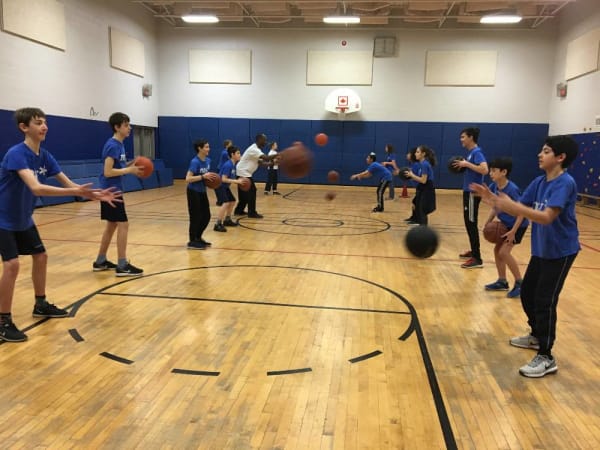





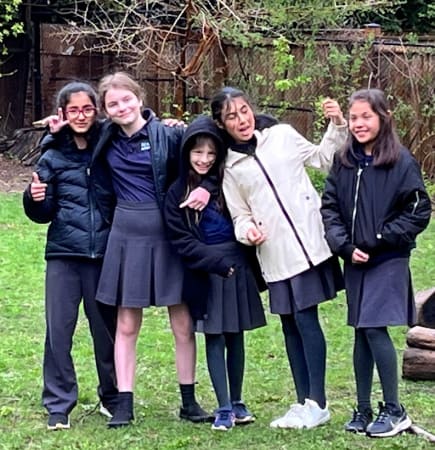
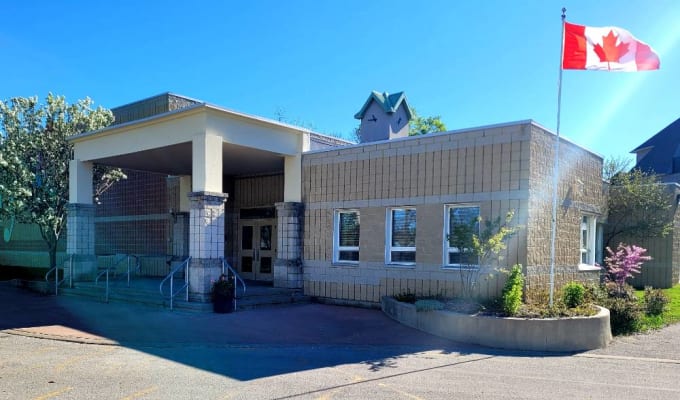





Learn to love to learn every day.
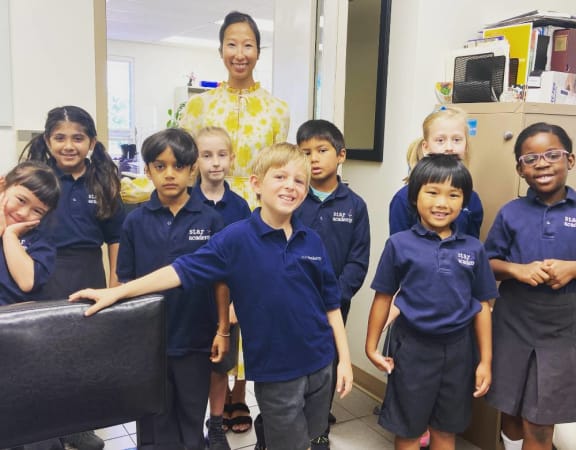
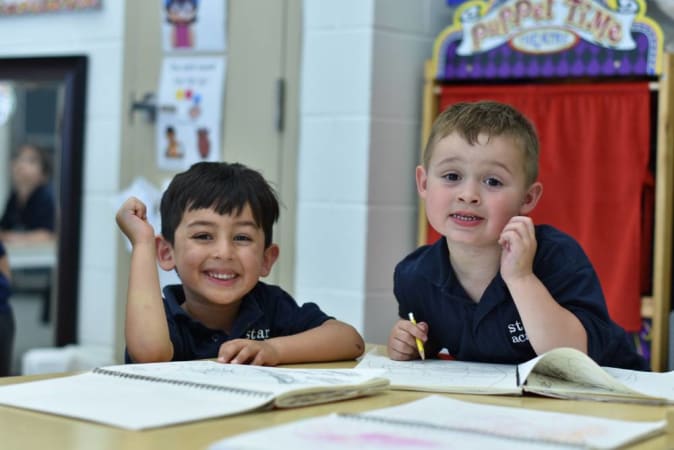
Kindergarten to Grade 8



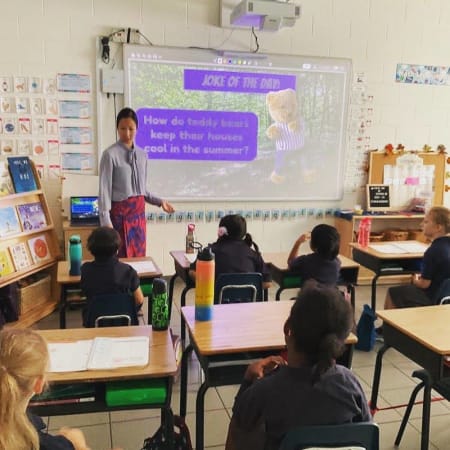
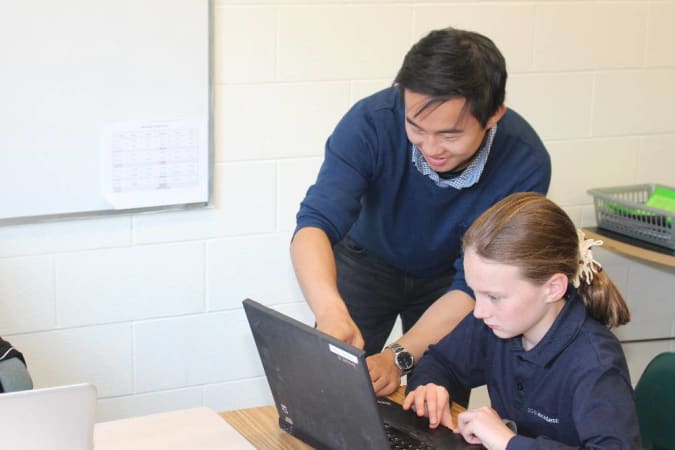

Outdoor and environmental education are a part of our regular programming. Star is set on 2 acres of green space.



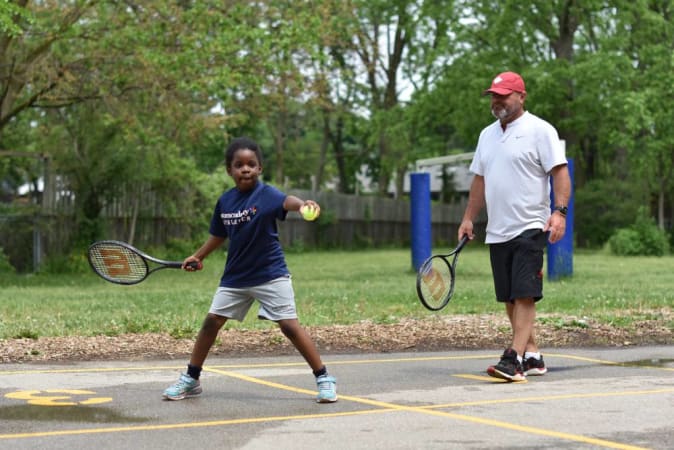
Daily physical education is a part of our five pillars of child development.
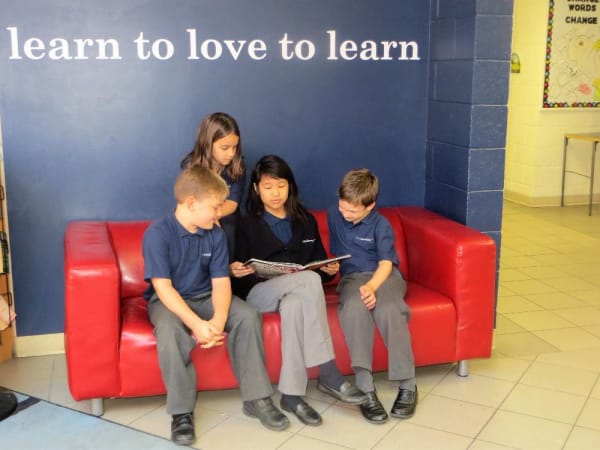
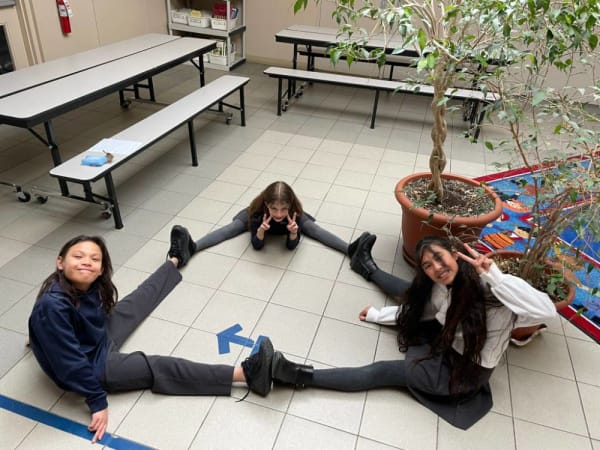



How people from the school’s community see Star Academy
Top-down influence on the school’s direction and tone

Julie Benneyworth, Principal
Principals Qualificaitons, York University (Private Education), Certificate in School Managemen and Leadership, Harvard University; Masters of Science, Environmental and Development Education, Southbank
Learn to love to learnTM is not only our mission statement, it’s what makes us unique. It speaks to the personalized approach that Star Academy takes toward everything we do.
Creating an environment where children are happy, engaged, and excited to attend is the beginning of a successful academic career. Investigative active learning, open-ended discovery, and project-based learning experiences enhance our curriculum and engage all learners.
Star Academy is an environment where children come to thrive and grow, develop and learn. Mrs. Rees, our Director, and I look forward to an opportunity to share our school with you.
(In the picture, I'm on the left, Mrs. Rees in the middle, and one of our tutoring specialists, Mrs. Reiter)
If you’re considering a small school for your extroverted child, make sure it offers plenty of social opportunities, including the ability to seek out and interact with different peer groups. Since smaller schools have smaller and less diverse student populations than big schools, it can sometimes be more challenging for your child to find a like-minded group of friends—friends with similar interests, values, etc.
“It’s important to look at the social makeup of the school,” says Ruth Rumack of Ruth Rumack's Learning Space. "Is there enough variety that your child will have a group that they feel connected with? Because you want to have friends that are like-minded and you want to be in a social situation where you feel honoured and respected. Variety can also be found in extracurriculars, leadership programs, and sports activities, which tend to have kids with a wide range of personalities.”
Also, make sure a school’s teaching and learning approach is suitable for your social child. “For instance, a school focusing on individual learning instead of group learning may not play into your child’s strengths,” say Ann and Karen Wolff, Toronto-based education consultants at Wolff Educational Services. “You want to make sure the social, emotional, and academic realities of the classroom are a match for your child’s personality.”
Smaller schools often have small classrooms and tight-knit communities, which can make it easier for your introverted child to come out of their shell, make friends, and feel like they belong. Since they’re less socially overwhelming, your child should find it easier to navigate their social environment. And since they’re conducive to group work, small classes often have plenty of interaction, which can help your child develop critical interpersonal skills.
Of course, small schools normally have a less diverse student population than big schools, which can sometimes make it more challenging to find a group of like-minded peers—peers with similar personalities, interests, values, etc. This makes it especially important to ask a school about its extracurricular programs, which can help your introverted child establish an intimate social circle.
THE OUR KIDS REPORT: Star Academy
Next steps to continue your research:
Continue researching Star Academy with OurKids.net, or visit school website.